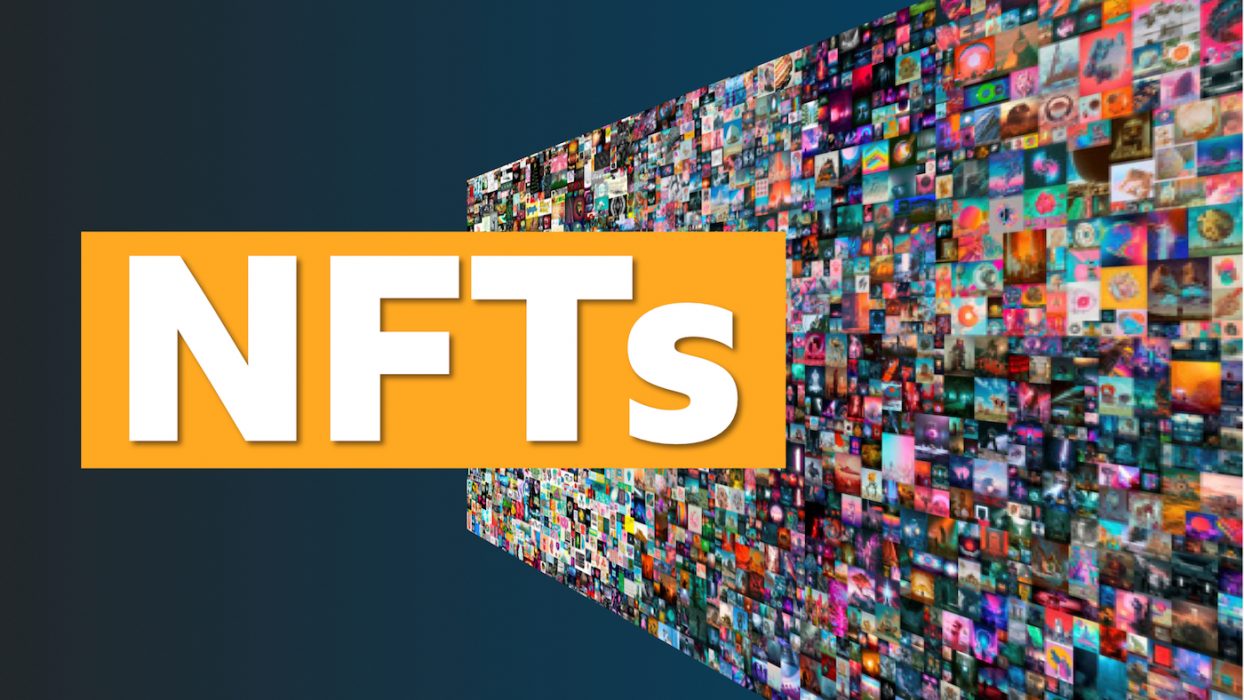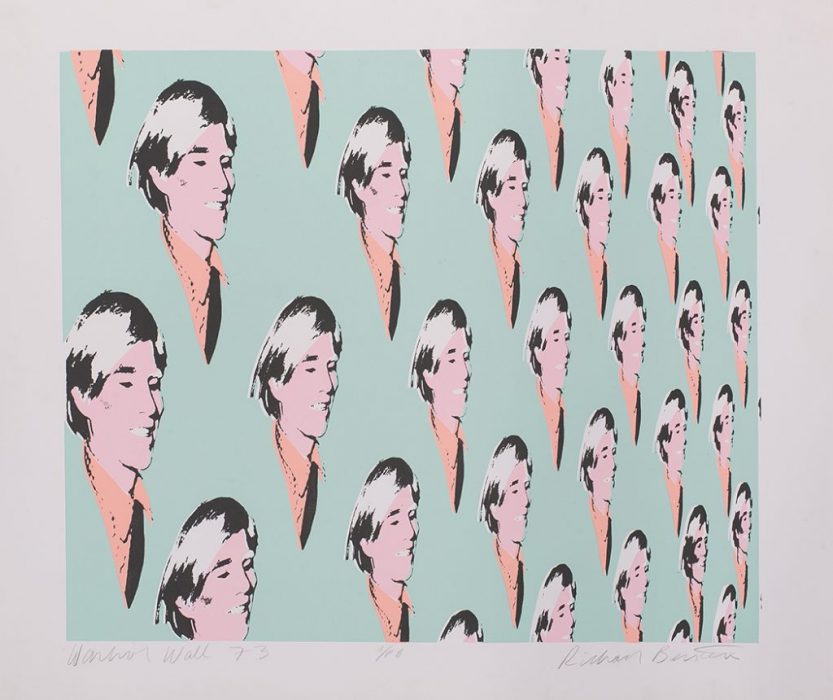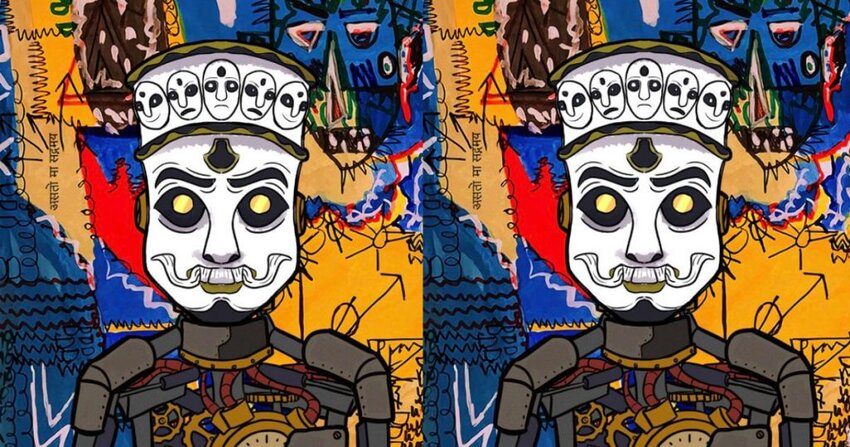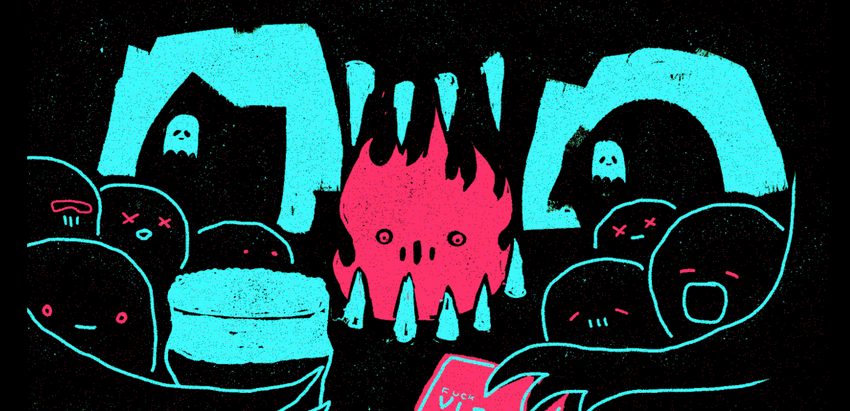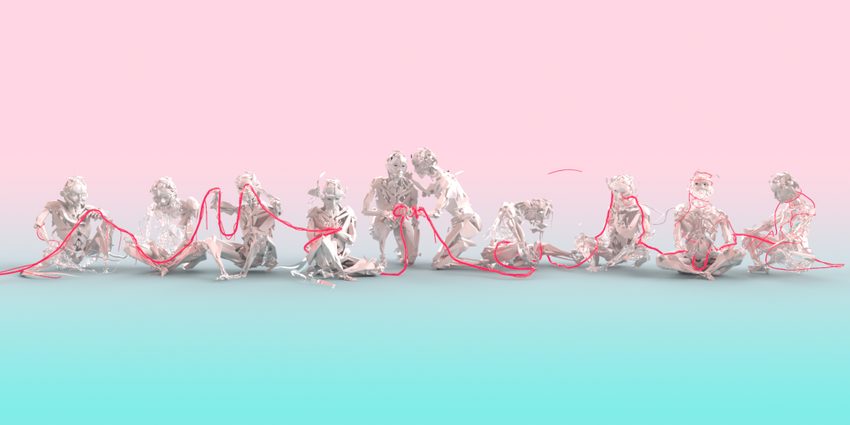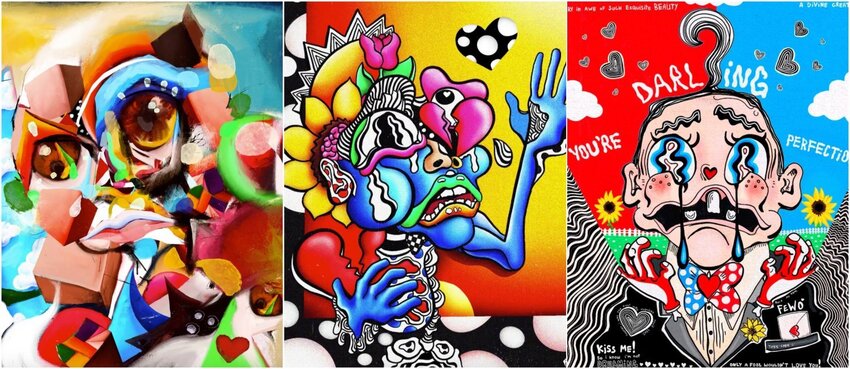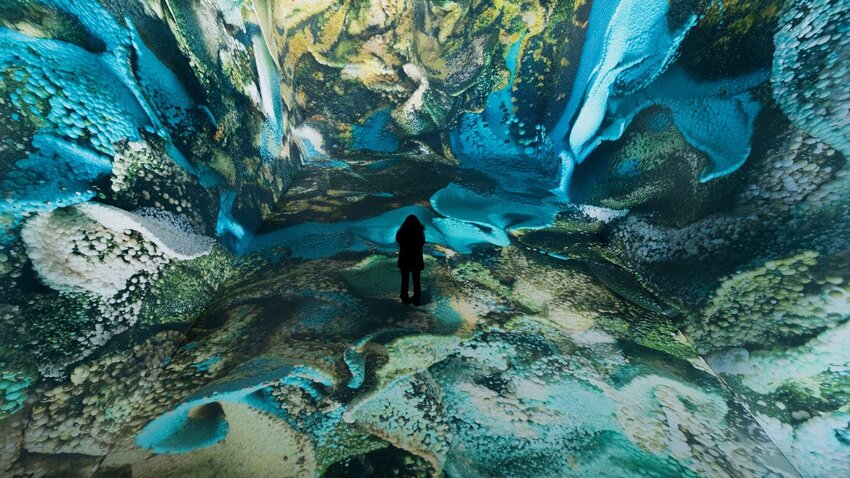As the NFT market continues to explode, and marketplaces break records every month, we can finally see the benefit of NFTs. For a long time, NFTs were merely a store of value, which owners could only realise when they sold them. But the situation has since changed. As the space continues to develop, NFTs are gaining more utility and providing their owners with funds in many innovative ways.
What Are the Benefits of NFTs?
Non-fungible tokens (NFTs) are unique digital works that can consist of 2D illustrations, videos, pieces of music, or even animations. NFTs, along with blockchain technology, make it possible to verify the ownership history of works, which in turn makes proof of provenance easier to trace. Because NFTs are non-fungible, they cannot be exchanged at equivalency like fungible currencies such as the US dollar, where each dollar has an identical value. Since their inception, NFTs have helped democratise the art market, giving artists the chance to make a profit on the resale of their work – something previously unheard of in the traditional art market.
Many still question whether buying an NFT is worth it since anybody can rip an image or video from Google. To understand the value underlying NFTs, take the Mona Lisa for example. Yes, anybody can buy a poster of the painting, or snap a photo of it with a phone, but only one person (or museum, in this case) can own the original.
NFTs have become so much more than items of mere digital ownership and are now able to help brands create community and additional revenue, with the added benefit of customer relationship management and securing brands at the forefront of the digital landscape. For now, we will only focus on how brands can use NFTs to create community and additional revenue.
Creating Community Through Engagement
NFTs have become much more than just a collectible or a piece of art – they can have ongoing value. Savvy brands are recognising that the most successful and long-term relevant NFTs will be those that have ongoing value and utility. To explain this, we will use the example of the 2022 Australian Open tennis championships (AO).
The AO was the first Grand Slam to enter the Metaverse. The project started out with 6,776 ‘Art Ball NFTs’ that were minted on January 13, selling out in a matter of three hours. Within two hours of selling out, AO Art Ball NFTs were trending at #15 on the NFT marketplace OpenSea rankings, where they flooded the secondary market. This entire process was driven by an enthusiastic 10,500 member-strong AO Discord community.
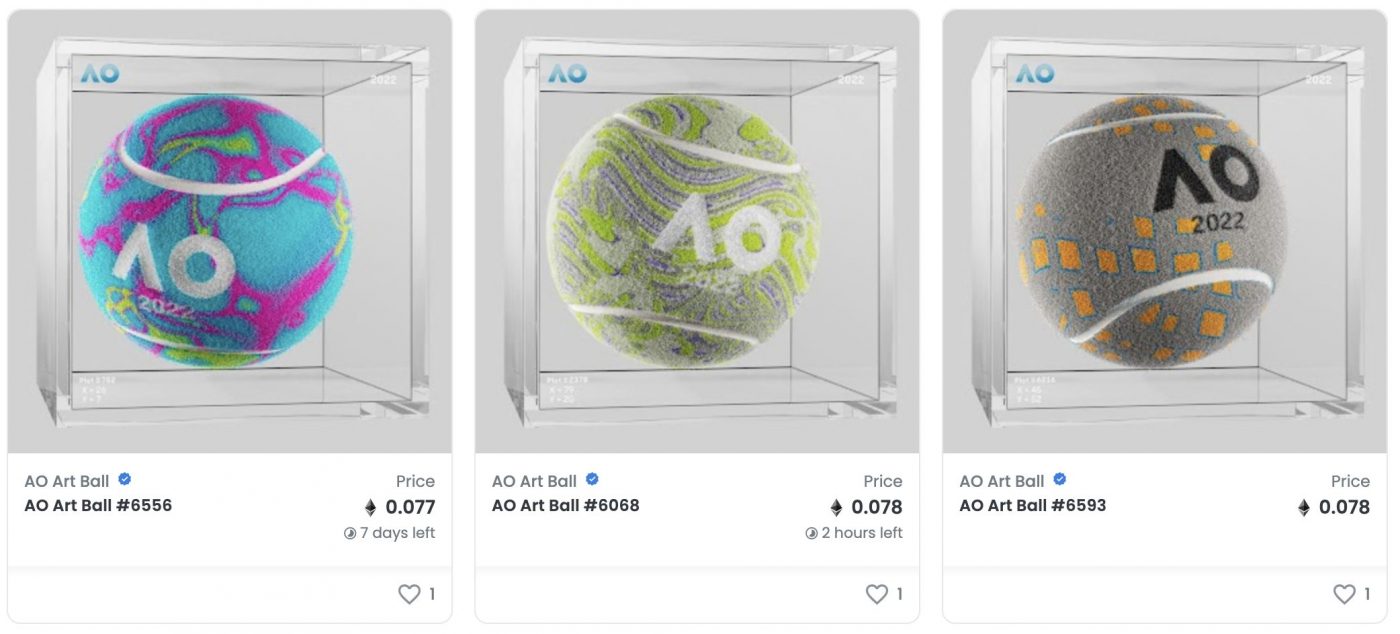
This just goes to show that NFTs can better connect fans to their favourite teams and brands by offering access to exclusive offers and the ability to earn rewards. Custodial wallets are also fast becoming social passports. In this sense, brands are utilising NFTs to create communities that are excited to share their alignment with digital assets of personal value.
Businesses and brands can take control of their digital assets and should be able to utilise new technologies and drive innovation and client retention. In this way, NFTs can be used by any brand looking to create loyalty, engagement, and a long-term connection with its customers.
Estee Lauder is another prime example of using NFTs to create community and add clients to its customer base. Clinique was the first Estee Lauder brand to offer an NFT in an effort to drive loyalty and add marketing to its top products. But instead of selling NFTs, the brand gave its shoppers who are signed up to its rewards scheme the chance to get free products for 10 years, along with one of three editions of an NFT artwork.

Brands should also consider increasing community in attracting new clients by offering exclusive NFT incentives. By engaging with existing clients as well as attracting new clients, brands can offer NFTs that can unlock any limited resource, such as a discount or a VIP’s time. More on how VIPs’ time can be used to incentivise clients will follow.
Using NFTs to Create New Streams of Revenue
As the NFT space continues to grow, brands are recognising the need to enter the space, but also the added benefit it has to offer – in this case, as a way of creating new streams of income. To illustrate how NFTs can be beneficial in terms of creating new streams of income, we will use Dolce & Gabbana as an example.
Recently, the luxury fashion house announced it had sold out its nine-piece digital collection of NFTs, alongside physical couture items, for a whopping US$6 million. Five pieces from the collection were physical designs by Dolce & Gabbana. Some of the digital assets were accompanied by an opportunity for a custom fitting in D&G’s Milan-based atelier. This is an example of the added benefit of personalising NFTs, in this case ensuring that NFTs hold utility and are no longer just a store of value.
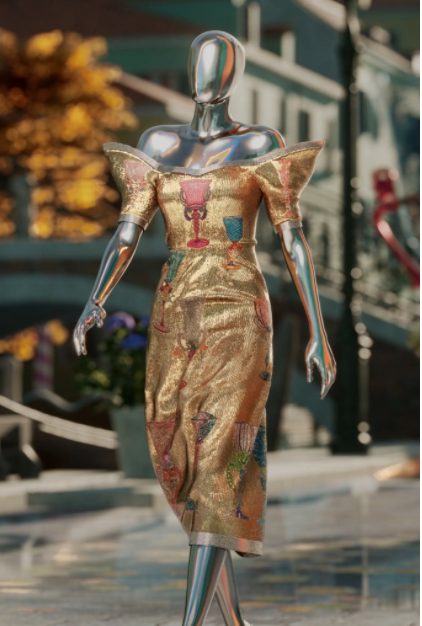
Another luxury brand can also attest that NFTs can create new streams of income. The LVMH company, which owns Moet and Chandon, Dior, Hennessy and Louis Vuitton, released its first NFT collection. Priced at a humble US$226,450, each of the NFTs represented physical and digital ownership of the first and last bottles of Hennessy 8 Cognac, a limited-edition expression from the house. The digital assets were also accompanied by a suite of physical attributes including a commemorative sculpture and a Baccarat-blown and engraved carafe.

Because NFTs offer digital scarcity, brands such as LVMH and Dolce & Gabbana can sell exclusive, limited-edition digital goods. Unlike tangible goods, NFTs can include a smart contract that codes in a royalty percentage designated by the content creator, thereby bringing in additional revenue. As such, subsequent sales or auctions of these digital goods can generate revenue for the original NFT creator, providing an ongoing potential revenue stream each time the item is sold or auctioned off.
In a similar vein to creating new streams of income, NFTs can be used to secure a brand at the forefront of the digital landscape. Last year was truly the year of the NFT, and brands are keen to get in on the action; these brands have been identified as being ahead of the curve and contemporary, rather than being seen as late adopters. In order to create new streams of revenue, some are releasing NFT collectibles or limited editions. Others are building brand loyalty or raising money for a good cause, thereby fostering a good relationship with its fan base. NFTs are being used to raise or boost a brand’s image, tell a story and even reach new audiences. Others are even utilising NFTs for live event ticketing.
How Culture Vault Can Help Brands Achieve Their NFT Goals
Culture Vault (CV), a creative agency that provides brands with NFT creative and business strategy, Metaverse strategy, project management, collaborative partnerships, minting services and sales executions, is able to assist brands with achieving their NFT goals.
NFTs do not merely represent digital assets – Culture Vault can create unique experiences for creators and brands to engage new and existing communities by bridging the gap between the physical and digital realms. Because NFTs are freely exchangeable on the blockchain, they can create a secondary market for limited-edition goods, further expanding the ability to reach additional audiences and bolster revenue streams.
Culture Vault
CV helps brands interested in obtaining the benefits of NFTs by working with emerging and established artists from the digital and traditional cultural worlds – painters, illustrators, musicians, fashion designers, animators and filmmakers – to create, mint, sell and display their work on CV’s Web3 platform.
The passionate team at CV provides crypto-natives and first-time NFT buyers with a one-stop shop for procuring curated digital assets. By minting on the Polygon Network, CV is able to greatly reduce gas fees and mitigate the environmental impact they have on its energy consumption. All CV smart contracts are read by OpenSea and are available for purchase with wrapped Ethereum (WETH).
Choosing CV to co-pilot an NFT journey has many benefits:
- The team at CV is made up of both traditional art world experts and Web3 technologists, resulting in an in-depth understanding of both sides of the spectrum.
- CV is a curated NFT marketplace and agency, so it works with a network of artists and leading cultural figures from around the world.
- The company has Web3 and NFT evangelists at the core of the agency’s ecosystem.
- CV only works with brands who deliver premium, value-driven propositions.
CV can create five types of NFT projects including art, Metaverse, Membership and Incentives, collectibles, and redemptions. In terms of art, CV can assist brands to create premium digital assets to build brand awareness, champion creators from a certain demographic or location, and drive revenue. As it stands, the most common use of NFTs is to lock digital art on-chain. With CV, you are providing your audience and customer base with high-quality digital works that they can trade or hold, thereby adding to one’s NFT art collection.

The Metaverse is the new buzzword, and CV wants to ensure that your brand/company is accurately portrayed in both worlds.
NFTs as membership and incentives is an innovative way for a brand’s community to coalesce around its core values. CV can help by offering incentives such as tokens to achieve NFT goals. Naturally, CV is able to assist brands with digital collectibles so as to engage their community in the same way that early trading and gaming cards became valuable assets for keen collectors.
Redemption is another manifestation of using NFTs connected to offline products, as the limited goods do not need to be redeemed – that can happen anytime in the future. Again, because NFTs are exchangeable, collectors could invest in luxury items in the hope of them appreciating in value. However, with the help of CV and NFTs, holders no longer have to take physical delivery of an item and can simply sell their NFTs representing the items on the secondary market to profit from their investment.

